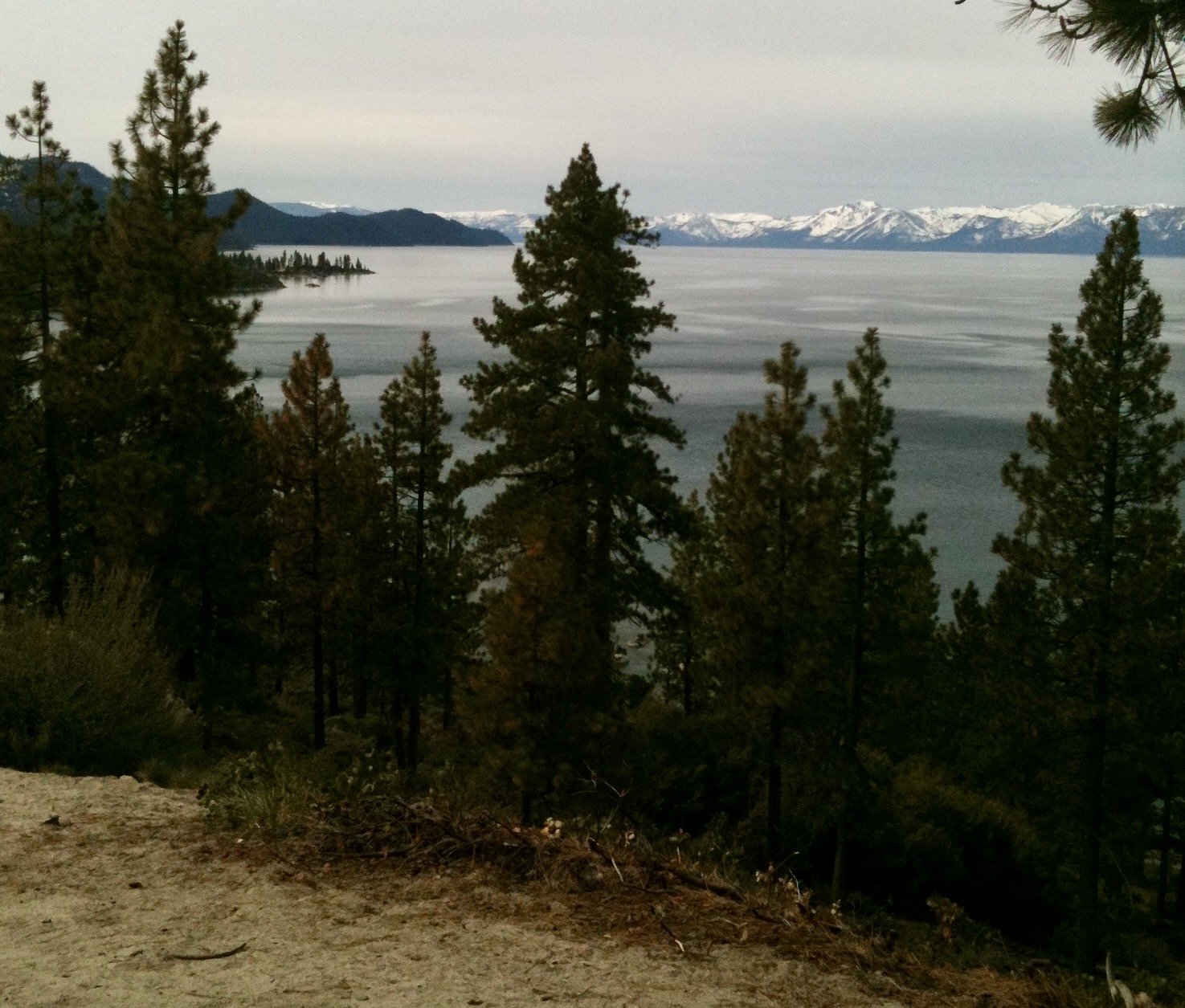 Once upon a time, back when Lake Tahoe was full of commercial boat traffic, the lake was supposedly graced by four navigation lights. Only the remnants of one remain, with scant to no information about the locations of the other three.
Once upon a time, back when Lake Tahoe was full of commercial boat traffic, the lake was supposedly graced by four navigation lights. Only the remnants of one remain, with scant to no information about the locations of the other three.
Originally built in 1919, the Rubicon Point Lighthouse, with its 70 candle power flashing light, was visible for seven miles. The light, however, was decommissioned, and moved to another location after only 2 years of service at Rubicon Point.
When operating, the light was powered by acetylene, so the S.S. Tahoe transported two 300-gallon fuel tanks across the lake daily. The tanks were then off-loaded, brought to shore, loaded onto a mule drawn wagon, and the heavy wagon pulled more than 3 miles uphill toward Rubicon Point, where the tanks were somehow transported downhill toward the cliff’s-edge lighthouse. Phew!
The lighthouse keeper was paid $180 a year. The keeper was responsible for maintenance, shipping and receiving supplies for the light, as well as required to furnish their own launch for visiting and recharging the light. And, each night to make a “short trip to a point from which the light can be observed, there being no year round resident on the lake who can properly inspect the light from their residence.” All that for just about 50 cents a day.
In 1921, the navigation aid on Rubicon Point was abandoned. The light was moved to Sugar Pine Point for easier access, and a record fell. Lake Tahoe no longer had the highest elevation lighthouse in the world.
These days, because of the efforts of conservators, we can hike to the old lighthouse. The light may be out, but the building is still there, although much repaired over the years.
One specialist with California State Parks commented that it was an insubstantial building in the first place, never designed to do anything other than hold up a big lightbulb. The awful vandalism that happened over the years didn’t help it, either.
In the late 1990s, money was raised by the nonprofit Tahoe Heritage Foundation to restore the barely standing building.
Trying to retain as much authenticity as possible, wood penetrating epoxy was used to stabilize the support beams. The original lighthouse was made from a specific type of sugar pine unavailable on the modern market. The repairs were made with wood especially milled for the project by an independent mill.
The lighthouse was finally back in decent shape by 2001. Then, 15 years later vandals had struck again.
The door had been kicked in, removed, and graffiti was, once more, all over the building.
Another round of repairs included a steel frame for the door and a lock to prevent its removal.
The restorers, the conservators, have done their best.
It is our turn to protect our history. Share it — become aware of these seemingly unimportant pieces of Lake Tahoe’s heritage. Let’s keep the light glowing for as long as we can.


 Facebook
Facebook
 Twitter
Twitter
 Pinterest
Pinterest
 Copy Link
Copy Link